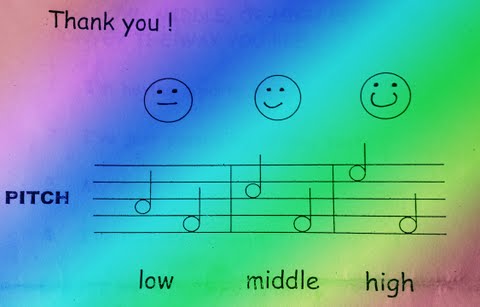I don’t know about you, but most of my thinking time happens when I am driving all alone in my car. This is mainly because that must be about the only time in the day I am alone- Hey, I am not complaining here but it’s difficult to do any decent thinking we when you spend all your day surrounded by teenagers – my own and my students. So, here I was, in my car, driving to work and thinking about the best way to teach Adverbs of Manner to my students when I remembered an exercise I did while taking a course in IH London.

The idea is to combine Adverbs of Manner and Intonation in a very funny way, though to get to the funny part of the exercise there are, first of all, some steps to climb.
Step 1. This is the boring part. On the board, I write the adjectives I am going to use in Step 3 and ask students to form the adverbs of these adjectives(see worksheet ).
Step 2. Now it’s time to start working with intonation. I draw on the board a stave and demonstrate the power of intonation with the word Thank You! It might be necessary to repeat the expression a few times before students associate pitch with meaning
-low pitch= sarcastic, depressed, negative
-middle pitch= neutral
-high pitch = very positive
Students in pairs practise a few times.

Step 3. With the adverbs still on display on the blackboard I give each student a slip of paper with the adverbs of manner: furiously, quickly, cheerfully (Worksheet here). Students now stand up and in pairs tell each other the words I LOVE YOU using the correct pitch to convey the way they feel. The other student should be able to guess the adverb written on the card. Students move around the class talking to as many students as they can. Time limit: 5 minutes.
Step 4. Feedback: students, now, read their I LOVE YOUs aloud for everybody in the class to guess the adverb of manner.
Learn English and Have Fun!!
 students as part of their autonomous learning and can also be used by teachers in the classroom.
students as part of their autonomous learning and can also be used by teachers in the classroom.



